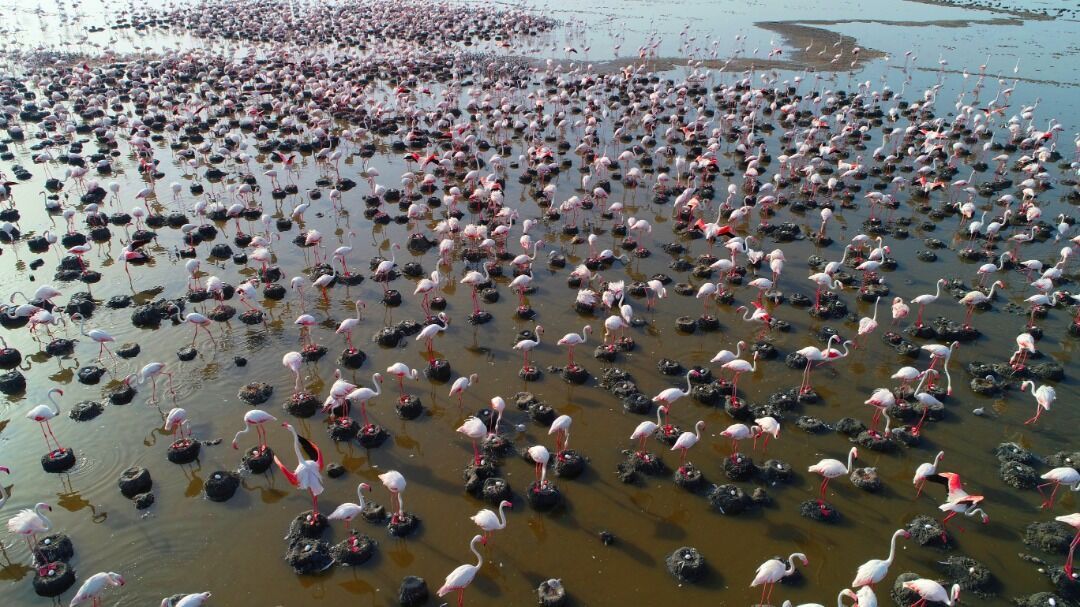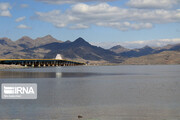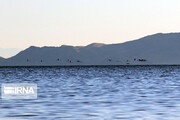In an interview with IRNA on Saturday, Omid Yousefi said: "The return of flamingos to Lake Urmia began in late March and is continues, and as a result, their spawning and nesting will continue until the end of spring."
He stated: Flamingos are present in Lake Urmia until December and then migrate to the tropical regions of the south of the country due to lack of food and cold winters.
He continued: "Last year, between 50,000 and 60,000 flamingos migrated to Lake Urmia, which is expected to be the same this year due to the favorable rainfall."
"Flamingos lay their eggs in these places because of the safety of swampy grounds," he said.
Flamingos are now living in Lake Urmia national park’s southern areas such as Hasanlou and Kaniborazan wetlands mostly because of enough food supplies, he explained.
Lake Urmia, located between East and West Azarbaijan provinces, was once the largest salt-water lake in the Middle East. It is habitat to many migratory and indigenous animals, including flamingos, pelicans, egrets and ducks attracting hundreds of tourists every year who had bathed in the water to take advantage of the therapeutic properties of the lake.
Urmia Lake began shrinking in the mid-2000s due to decades of long-standing drought spells and elevated hot summer temperatures. According to international statistics, the lake lost about 80% of its waterbed by 2015.
In a coordinated effort to save the lake in 2013, Iran started a joint project with the UN Development Program (UNDP) funded jointly by the Iranian and the Japanese governments. The revival efforts therefore focused on redirecting rivers to irrigate farmland, thus avoiding use of water from the lake, and the promotion of more sustainable farming methods.
6125**1430
Follow us on Twitter @IrnaEnglish













Your Comment